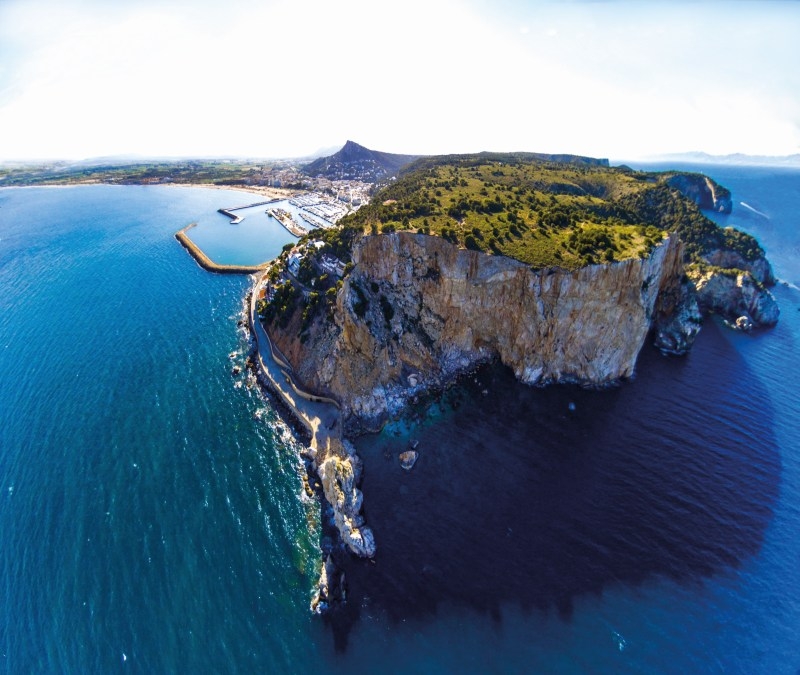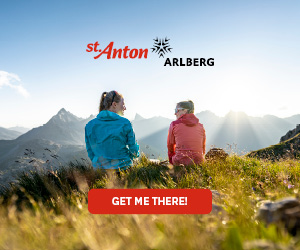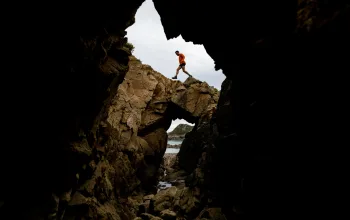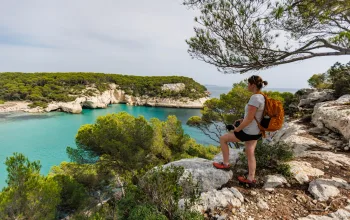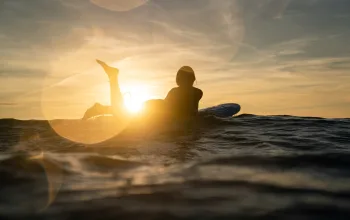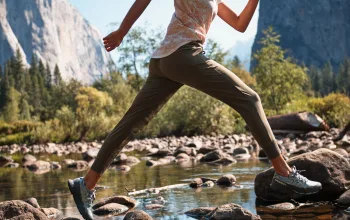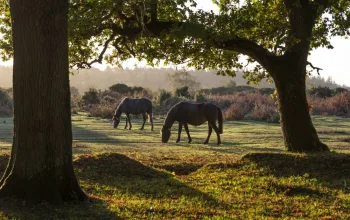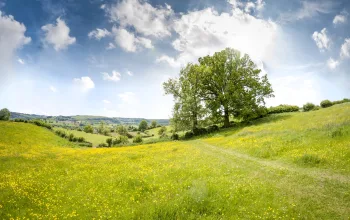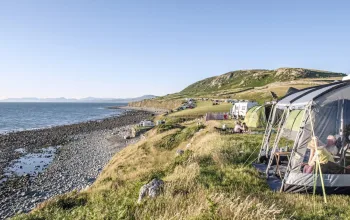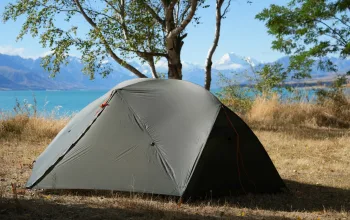Legs stiffening, we descend the large earthy steps, our walking group shrouded by thick green tree-cover giving us a brief but welcome respite from the blazing Catalan sun.
After an intensely steep 15-minute hike followed by a five-minute descent, I feel like a certain whip-wielding cinematic adventurer as we emerge into the centre of an enormous, ancient, volcanic caldera.
At the very heart of the crater sits a medieval chapel, surrounded by towering tree-lined volcano walls making it easy to focus any spiritual beliefs skywards. Of course, this is a landscape shaped by natural forces from below - Santa Margarida Volcano, found within the Garrotxa Natural Park, just at the foot of the Catalonian Pyrenees. This remarkable region was created through a series of intense eruptions 11,000 years ago, resulting in around forty now-extinct volcanoes and some truly awe-inspiring walking scenery.
Being a bit of a historical and cultural nerd as well as a keen walker, I can say this self-guided mountains-to-Mediterranean experience from Explore ticks a lot of boxes: a wonderful daily variety of spectacular scenery, Catalan culture, gorgeous gastronomy and enthralling walking.
Volcano plugs
Our trip actually started the day before, in the foot-hills of the Pyrenees in the medieval town of Olot, 50 minutes North of Girona. This is in the heart of the Garrotxa Natural Park, with a slightly more modern feel for an old town and surrounded by a lush green landscape and extinct volcanoes on all sides. The high mid-June humidity was making for some epic thunderstorms due to cold air racing down from the nearby mountains – each explosion leaving me wondering if an old volcano was waking up again.
After gathering supplies we met back at the welcoming Can Blanc Hotel for a quick run-through of the itinerary and to check the self-guide notes.
For this second day, our sights were set on reaching the neighbouring medieval town of Santa Pau. It was a glorious morning, the sun’s rays warming but not yet burning and a fresh floral scent hanging in the air as morning dew evaporated from opening blossoms all around us.
Soon we broke out from the tree-cover on the edge of town into flat, open wheat-fields, where old farmsteads dotted the surrounding sloping hills. Behind us Olot sat pretty with its backdrop of distant snow-capped Pyrenees peaks.
Patches of shady Oak and Beech woodland followed before we emerged again, this time in a poppy field at the foot of our first volcano, Croscat Volcano, over which a pair of pair of eagles ominously circled as the sun’s intensity grew.

This extinct fire-breather is impressive for many reasons but not least for the way it has been quarried: for the last hundred years its ancient rocks, minerals and nutritious soil have been cut away. This has left the volcano looking like a huge cake with a slice missing, providing a unique display of its different coloured layers and the original stages of its formation.
Just a kilometre away was the mighty 769m high Santa Margarida volcano, with its solitary medieval chapel sitting in the middle of its grassy caldera.
Taking a break to eat our packed lunches we reflected on why it’s no surprise volcanoes around the globe have been revered by locals throughout time, their towering domes and latent energy bringing the power of nature into sharp focus.
Philosophy and sandwiches dispatched, another two hours of walking along rolling roads and trails brought us to Santa Pau. Perched on top of a small hill, with its church tower rising above it at its centre, Santa Pau was exactly the kind of older, medieval, authentic Catalan town I had imagined before coming to the region.
Down one alleyway we found a local potter working from a small cramped workshop at street level, the cool interior an Aladdin’s cave of brightly coloured pots, paintings and trinkets.
Now exhausted having explored two volcanoes, a medieval town and walked around 15km in sapping heat, we were picked up in a minibus and taken to the old fortified town of Besalu, just as a thundery shower rumbled into life.
See views!
On day three my alarm clock was screeching swifts and swallows, swooping across the red clay pan-tiled roofs of Besalu outside my window. This impressive medieval town is surrounded by a large river and accessed via a huge fortified stone bridge. In fact, all of the buildings’ walls are thick stone and the streets are a cobbled labyrinth giving the feeling of exploring a film set.
Besalu also contains a ‘Museum of Miniatures’ which is full of miniature and even microscopic models, including the famous three wise men in the eye of a needle and a tiny beetle with a perfect pearl necklace – random but fascinating!
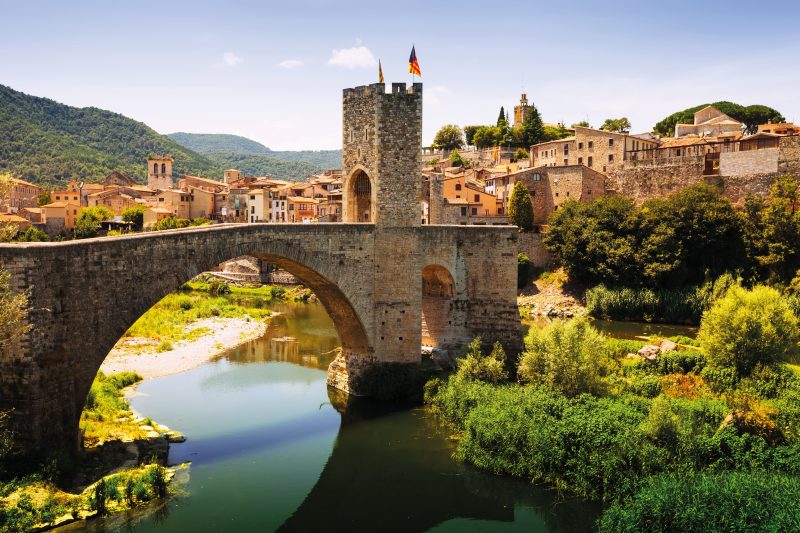
Once we’d explored Besalu and gathered supplies, we headed out again across the town bridge to follow the river through shaded woodland – the scenery a pleasant contrast to the day before. We immediately took a wrong turn and reminded ourselves to pay more attention to the guidebook.
Over the course of several miles the river we were following grew from a six foot run-off system to a big, fast flowing ‘river’ complete with dams and power stations. The scenery was stunning and the almost constant shade extremely welcome in the blazing sun.
Some 10km later our minibus took us to the ancient Greek and Roman town of Ampurias. These stunning ruins are right on the beach front, looking out over the Mediterranean in a spot so beautiful it’s no surprise people have wanted to live here for over 2,500 years. After an hour in the museum followed by a refreshing dip in the sea, we sought out our final night’s accommodation – a quaint, welcoming and rustic trekking ranch just inland.
Accidental coasteering
Waking up on the final day of walking I was exhausted. My legs and hips ached and my skin had a Neapolitan ice cream pattern of white, red and brown. I was obviously not ‘match-fit’.
The final day’s walk was coastal, 11km from L’Estartit to L’Escala and I was hoping for an easy one…
As we left L’Estartit at 9am the thermometer at the grocery shop was reading 30 C already! With the sea to our right we began up a steep road heading out of town and immediately took a wrong turn. We spotted the error quickly but didn’t want to waste our uphill effort. That was our second mistake.

Instead we turned off the road and began up steep steps and a track to the top of the cliff where we stopped for a water break and to catch our breath. The view was stunning, looking high above L’Estartit to our right and out to a small island covered in sea birds with the bright blue Mediterranean sea behind. We shook off the tough start to the day and headed off along the cliff top.
Thankfully the still uncertain path dropped down into a tiny cove – deserted but for a family in a speedboat – where the crystal clear waters were too tempting to walk past. After a swim and some food we re-joined the steep trail out of the cove, back to the cliff top, where we managed to completely lose the markers we’d been following. A maze of pathways criss-crossed in all directions, all of which looked too over-grown with gorse. We were lost, on a cliff top, in the baking heat.
Dropping into another cove through the spiky, overgrown bushes that shredded our sunburnt shins we determinedly pushed on. Now utterly exhausted we agreed to abandon the ‘coastal path’ which in hindsight must have been for goats, and turned left to head inland.

Only 50m away we stumbled onto the GR92 route – the actual coastal path we should have been on the whole time. Now back on track on much more moderate walking terrain with no extreme ups, downs and thorns, we devoured the remaining 7km. As we approached L’Escala from the rocks above and worked our way down and around to the main beach, it was an added torture to be so close but still so far, day-dreaming of the ice creams, ice-water and iced-gin we would consume on arrival. After a draining eight-hour walk we finally slumped into shaded café chairs – only to discover that our minibus was due to pick us up in just 20 minutes.
That evening we headed to Barcelona for our final night and a free day to explore the city. With such a fantastic mix of Spanish and Catalan cultures there is something for everyone in this vibrant but stylish coastal city. The day started with a tasting of Spanish dried ham at the ‘Jamon Experience’ followed by a wander through the amazing covered food market, full of vivid fruits and fish in every shape and colour imaginable. And then there was the Gaudi architecture, the shops and, of course, the beach!
This was my first ever trip to Catalonia and, other than the wonderful sea-side city of Barcelona, and I had no idea what to expect – but I was blown away!
The variety of landscapes, as well as the wonderful history and culture, the activities, the entertainment and the food and wine was all intoxicating. Of course every trip has its challenges, but I challenge anyone to walk through Catalonia and not fall in love with it.
Travel Info
Health & safety
For summer walks the danger is the heat and sun, so lots of water and sun cream!
What to pack
Walking or trail shoes are fine and prevent overheating. A large brimmed hat, a small pack, and loose, light clothing!
Our trip
This trip was a shortened self-guided tour organised by Explore. The full itinerary includes 8 days covering; Olot, La Garrotxa Natural Park, Medieval towns of Santa Pau and Besalu, rural walk to Pins, and the Mediteranean at Sant Marti d’Empuries, coastal walk from L’Estartit to L’Escala and a rest day in L’Escala. There is the option to add Barcelona as well as to cycle certain sections.
Getting there
We flew from Heathrow to Barcelona. The start at Olot is a two-hour drive north of Barcelona and transfers are included. Alternatively, Girona airport is 1 hour away.
Getting around
Luggage transfer is included each day. It’s also possible to skip sections using taxis.
Food and drink
There is a mini-mart at the start of each day so you should never be short of food or water. There are also lots of fantastic authentic Catalan evening meal options.
Where to stay
Each hotel we stayed in was situated in (or near) a town centre – the tour includes 3 nights ‘standard’ hotels and 4 nights in premium hotels.


